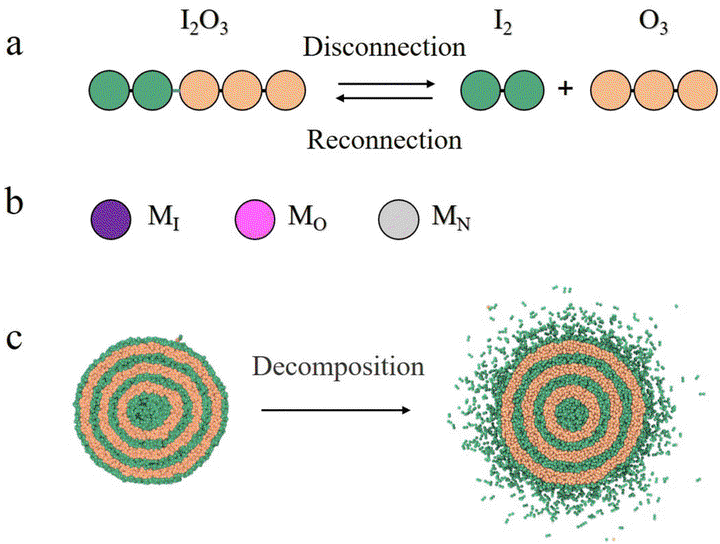Controlled release mechanism of drugs from onion-like dendrimersomes:insight from dissipative particle dynamics simulations

摘要
Compared with current lipid nanoparticle delivery systems, a new drug delivery system that can simultaneously achieve high stability toward temperature and time, and controllable release of drugs will be smart and next-generation. However, designing such systems for the complex human body environment remains a daunting challenge. Herein, we use highly stable multilayer dendrimersomes as a model to study the mechanism of controlled release of drugs through stimulus-response by dissipative particle dynamics simulations. The results show that when the dendrimersomes remain intact, the release of encapsulated hydrophilic, hydrophobic, and neutral drugs is minimal. Once the amphiphilic dendrimers in the dendrimersomes are decomposed beyond a threshold by cleaving the linkers connecting hydrophobic and hydrophilic segments, which can be achieved by exogenous perturbations, a significant or complete release of the drugs occurs. The introduction of liquid flow will remarkably enhance the release capability of drugs in decomposed dendrimersomes. These insights into the controlled release of drugs at the microscopic level offer helpful guidance for the development of advanced drug delivery vehicles.